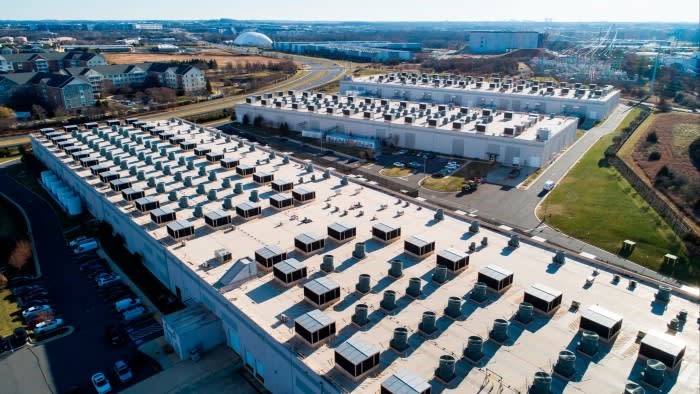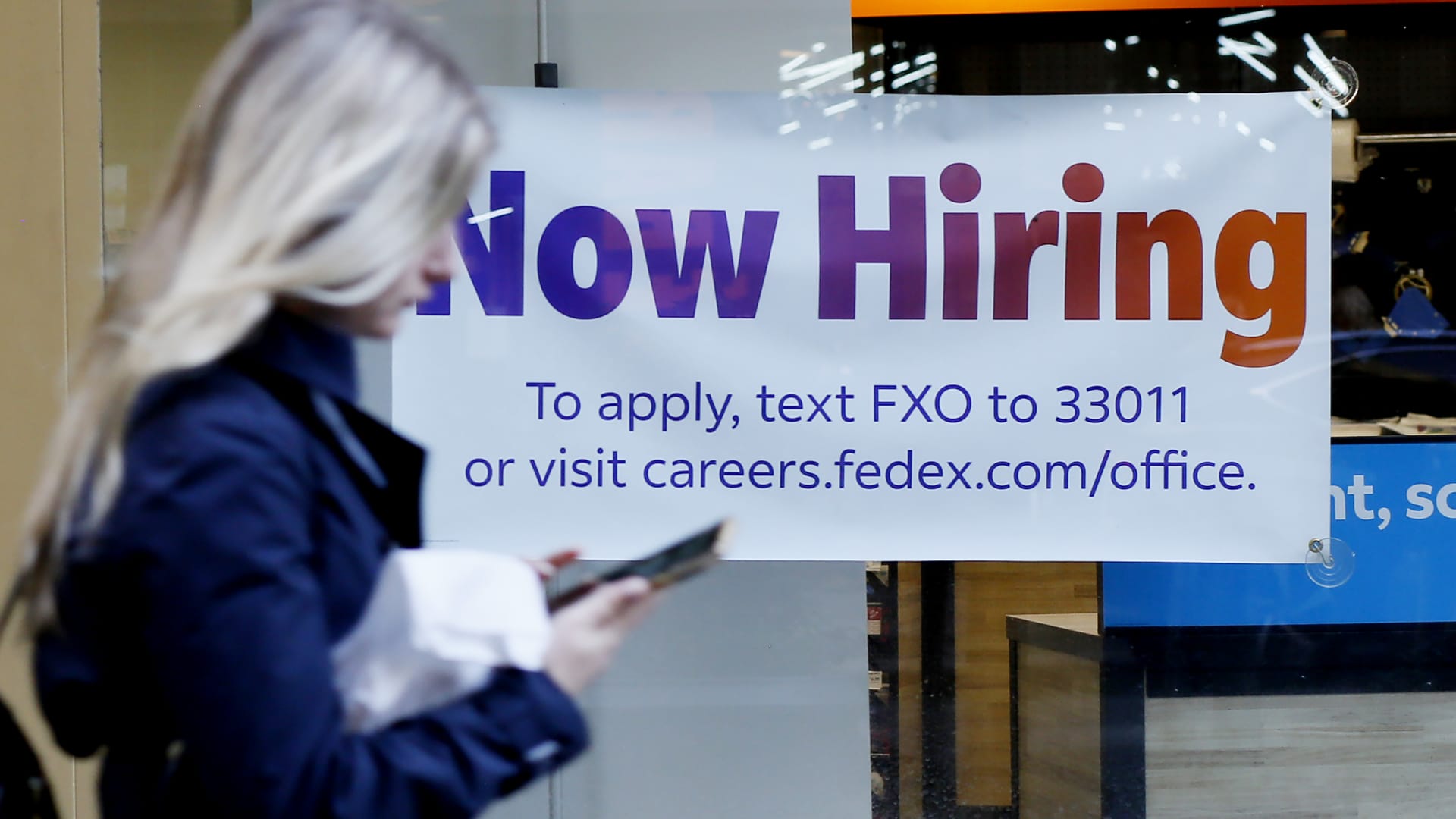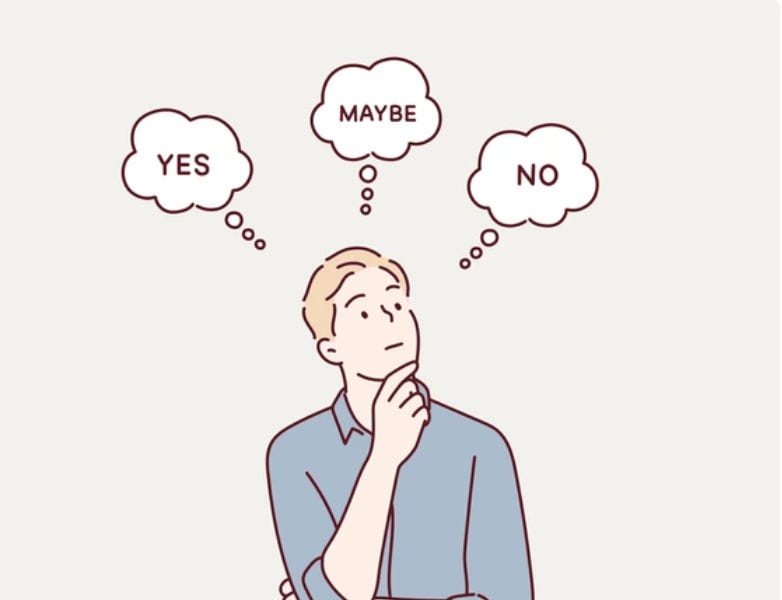
Covid Didn’t Kill Cities. Why Was That Prophecy So Alluring?
From the moment U.S. coronavirus cases emerged in the Seattle area and then devastated New York City last spring, sweeping predictions about the future of city life followed. Density was done for. An exodus to the suburbs and small towns would ensue. Transit would become obsolete. The appeal of a yard and a home office would trump demand for bustling urban spaces. And Zoom would replace the in-person connections that give big cities their economic might.
The pandemic promised nothing short of the End of Cities, a prophecy foretold by pundits, tweets and headlines, at times with unveiled schadenfreude.
If the past year has laid bare many underlying forces in society, this was another one: a deep-rooted discomfort — suspicion, even — about urban life in America. But now city sidewalks are returning to life, pandemic migration patterns have become clearer, and researchers have dispelled early fears that density is a primary driver of Covid-19. So it is perhaps a good time to ask: What is so alluring about the perpetually imminent End of Cities?
In America, it has been like a virus strain mutating to the moment: Surely disease will kill cities, or congestion will, or corruption, or suburbanization, or fiscal crises, or technology, or crime, or terrorism, or this pandemic (unlike all the pandemics that came before it).













/cdn.vox-cdn.com/uploads/chorus_asset/file/25330660/STK414_AI_CHATBOT_H.jpg)









